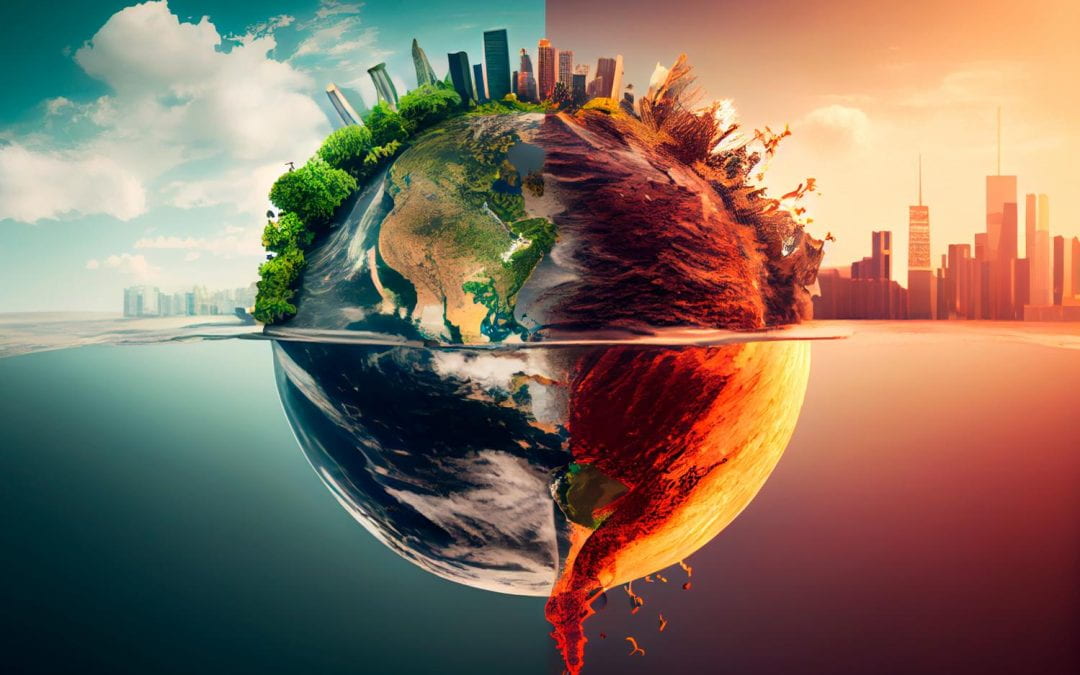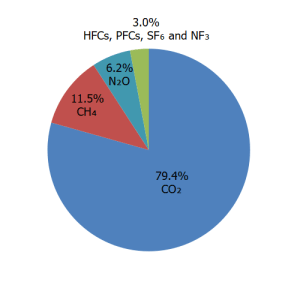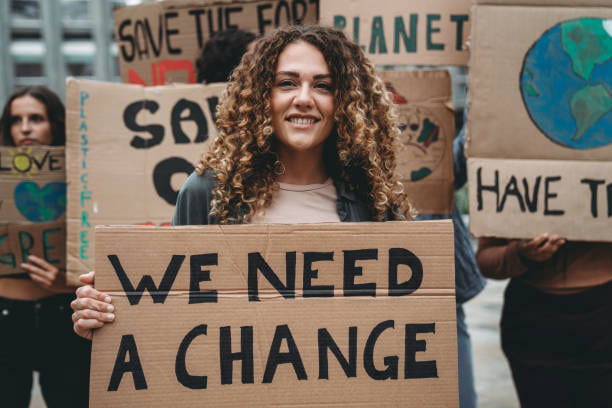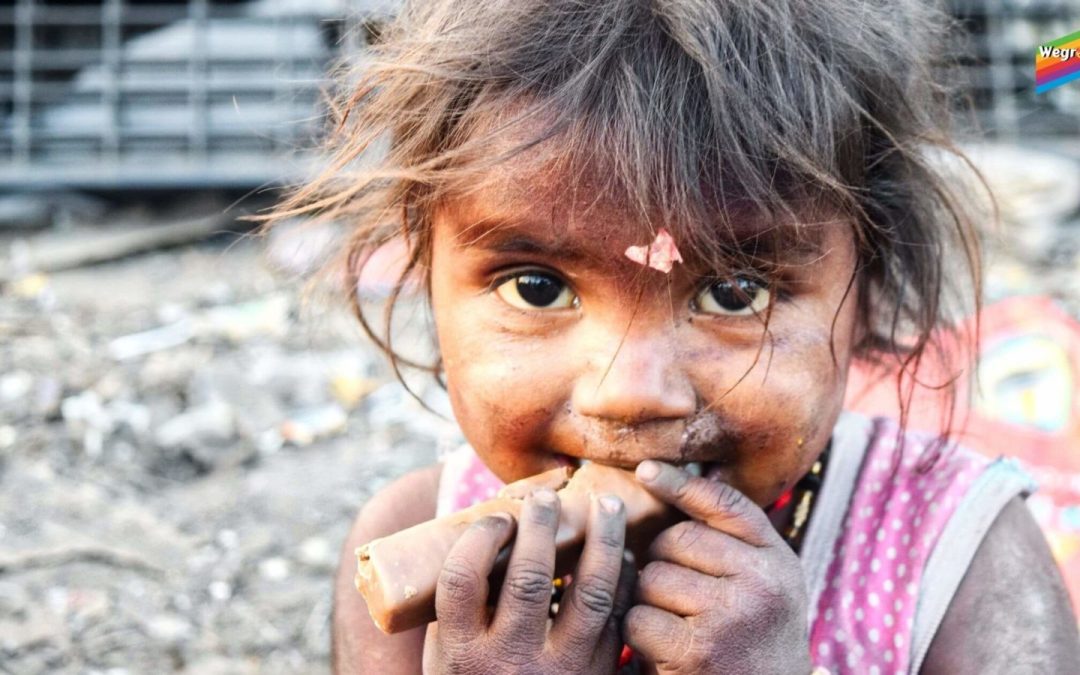
by srb11 | Nov 16, 2023 | Uncategorized
Can you imagine our amazing Lebanese moderate climate that we have all loved turning into an exceptionally scorching or freezing weather condition?
Climate change has become a global concern, with impacts felt across all nations and regions. It messes up countries’ economies and comes with big costs now and in the future, affecting people, communities, and nations deeply.
This change is directly related to human actions and interventions. Only 5 countries represent the global major emitters and are mainly contributing to this effect through Greenhouse Gas Emissions.
It’s important to highlight that what’s even more concerning is the lack of substantial strategies and significant efforts by these nations to diminish their contribution to greenhouse gas emissions and, in turn, global warming. China, in particular, demonstrates a noticeable upward trajectory in GHG emissions.
Can we control and minimize these green house gas emissions ? Can we prevent our climate change and have a more sustainable environment ?
CO2 , CH4 and N2O are major gases contributing to Global Warming as per below chart:

Hence, investigating the sources of these gases and identifying the most influential source contributor will unveil the underlying issue, offering a solid foundation from which to initiate efforts aimed at reducing their presence and subsequent impact
Data reveals that bad agricultural practices are major source of NO2 emissions in major emitters whereas Energy generation is the major source of Methane in this group except for India and Japan.
A central concept is that fuel usage stands as the primary driver of CO2 emissions. To delve deeper, we will analyze the predominant form of fuel consumption in each country by examining the average percentage distribution across various sources. Solid Fuel is major source in China and India, Liquid Fuel is major source in Japan and USA whereas Gaseous Fuel is major source in Russia.
Where is the fuel mainly used?
Powering the World : Exposing the insatiable hunger for energy in the captivating domains of electricity and heat production.
Potential Solution
Hence, the solution lies squarely in human actions and interventions. Opting for organic farming, free from chemical inputs, can significantly reduce harmful gas emissions. Additionally, a shift to renewable energy sources such as solar and wind will substantially decrease greenhouse gas emissions, contributing further to a sustainable future and climate protection. As an example, Brazil that generates around 46 % of its energy from renewable sources generates GHG emissions that constitute just 5 % of China’s and 7 % of USA emissions.
It is not fair that only around 25 % of the globe area is the major source of GHG emissions, climate change and environmental degradation. We must transition towards more sustainable actions and behaviors to ensure a more resilient future for our planet.
Recommendation
The urgent need for a global sustainability committee is evident, and the starting point is the creation of the “Major Emitters” group. This committee aims to be a central force guiding worldwide sustainable initiatives, encouraging collaboration among nations to address environmental challenges and cultivate a resilient global ecosystem. The Major Emitters entity is positioned to lead this effort, uniting influential contributors and paving the way for collective action in the pursuit of a sustainable future.


by aaz31 | Nov 22, 2022 | Dashboard, Visualization
No water, no life, no blue, no green.
The ocean and fishes are the essence of human life, more than 3 billion people rely on wild caught and farmed sea food but how is this dependence affecting the ocean’s ecosystem? and is this large demand causing more harm than good?
Overfishing menaces the world’s ocean.
Since the 1800, the world witnessed the first overfishing incident when humans were seeking blubber for lamp oil and obliterated the whales around Stellwagen Bank in the United States. The problem accelerated in the 1930s, when subsidies and loans were granted for fishing and thus the appearance of big industrial fishing operations. In 1989, the industry has reached its peak by taking 90 million tons of fish from the ocean and after that yields began to stagnate or decline. We encountered a 30% decrease from 1989 and 1990.
Overfishing is causing fishes to go extinct where 1,616 fishes are on the verge of being extinct, 989 are endangered and 627 are critically endangered. Overfishing has caused a huge collapse of large fish population. The fishing industry began “fishing down” which created a bycatch problem, since when you throw a net, everything gets pulled including diverse not intended species such as sharks, turtles, dolphins…
Overfishing can be controlled through limiting the number of catches and increasing aquaculture and farming of seafood, where most of the world’s growth in aquaculture production has come from East Asia and the Pacific. In addition, fisheries management is implemented to make and impose the rules in order to prevent overfishing.
Overfishing is a major problem! And it is not going away by itself. As former president Bill Clinton said “we know that when we protect our oceans, we are protecting our futures”. Therefore, we recommend declaring certain areas banned for non-sustainable fishing and to bring more awareness to consumers over the type of fish they are buying if it’s from a sustainable source or a non- sustainable one.
However, will this be enough? is aquaculture a solution to our problem? or the beginning of a new one?

by bia07 | Nov 22, 2022 | Uncategorized
SDGs were adopted by the UN in 2015 as a universal call to action to ensure that by 2030 all people enjoy peace and prosperity. They are 17 goals and goal 2 specifically is about creating a world free of hunger.
After steadily declining for a decade, world hunger is on the rise again, affecting nearly 10% of people globally, a crisis driven largely by conflicts and wars such as the war in Ukraine which is disrupting the global food supply chains and creating the biggest global food crisis since the second world war, by climate change and the Covid-19 pandemic.
828 million ppl suffered from hunger in the year 2021, which is 46 more from a year earlier and 150 m more than 2019.
45 million children under the age of 5 were suffering from wasting which increases children’s risk of death by up to 12 times.
149 million children under the age of 5 had stunted growth and development due to a chronic lack of essential nutrients in their diets.
2.3 billion people were severely food insecure, 350 million more compared to before the outbreak of the covid 19 pandemic.
3.1 billion people couldn’t afford a healthy diet reflecting the effects of inflation in consumer food prices stemming from the economic impacts of the covid 19 pandemic.
Looking at the side-by-side bar chart, we can see the Global Hunger Index values in 2021 and 2022. GHI is a tool that attempts to measure and track hunger. It is a 100-point scale with zero being the best score meaning no hunger and 100 being the worst. The graph clearly shows us that the global hunger index values became worse in 2022 compared to those in 2021. For example, GHI for Congo was 30.3 in 2021, and it increased to 37.8 in 2022.
This line chart shows us that even though the % of stunted children was declining, back in 2019 it started to rise again and is continuing according to research.
There is no single idea that will solve world hunger alone. But there is a range of solutions available to us from an institutional level to an individual level that collectively can bring us to zero hunger.
Sustainable food: which can be achieved through funding projects so people can provide food for themselves in a sustainable way and are able to create their own steady supply of food instead of relying on aid from foreign countries.
Access to education: which is the best weapon against poverty and hunger because it means better opportunity and more access to income and food.
Empowering women: which has a direct correlation with hunger. Empowering women to gain access to food, be providers and lead their families has had a major impact on food access and the ability to change financial situations.
Transitioning: people suffering from hunger need help transitioning into a state of self-dependence. Some organizations have already started supporting with this transition. For instance, 15 feeds family starts by providing families with food, but then slowly find solutions to empower families to be self-sufficient because this will allow for a certain food income while relying on donations does not always guarantee food.
Food donations and school campaigns: even though we want the world to be self-sustainable, this is something that will not happen overnight, so it is important in the meantime to lend a helping hand. Donations have had an immerse impact on world hunger, for example organizations such as food for all was able to raise 60 million $ to fight world hunger in the year 2019. Besides, the World Food Program has been supporting school feeding for 6 decades. In 2020, 15 million school children received nutritious meals and snacks from WFP, and working with governments to build capacity, it helped strengthening the national school feeding programs of 65 countries, benefiting a further 39 million children.
Speaking of facts, governments, authorities, and NGOs worldwide need to urgently react and cooperate in the face of one of the largest challenges the world community is faced with. Extra effort to tackle the crisis should be put in place and proposed solutions which some of them have already been implemented need to expand into larger scales to be able to address the issue because what is being done is fine but never enough in the face of increasing rates.




